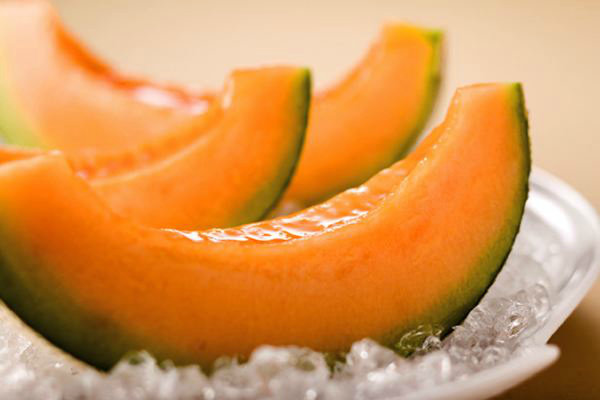All About Cantaloupe Melon (Musk)
Content
Description of the variety
Chinese melon, cantaloupe, cantaloupe melon - this variety has many names, so it is sometimes difficult to remember everything.
This plant belongs to the pumpkin family. Bushes are powerful, spreading with large leaves. Fruits come in different shapes: sometimes flattened, as if divided into segments, sometimes smooth and oval. Fruit weight varies from 500 g to 1.5 kg. The sizes rarely exceed 25 cm. The melon is covered with a striped, embossed rind. The pulp is muted orange in color, sweet.
This variety is widespread throughout Western Europe, North and South America, primarily due to the fact that high-quality candied fruits and jams are obtained from the fruits. What's more, Cantaloupe is rich in carotene, which increases its value. In cultivation, it is unpretentious, resistant to many diseases. A mid-ripening variety, however, is not suitable for long-term storage, although it is distinguished by high rates of transportability.
Ripening terms
When choosing a variety for planting, you always need to know when the growing season ends and the ripe fruit can be taken from the garden. Cantaloupe ripens by the end of August, although ripening times may vary slightly.
To make sure that the fruit is ready to be harvested, check the stem - it should easily separate from the fruit. The peel is dark green during the growing season, becomes beige when ripe. It is often white after a dry summer.
You can also check ripeness experimentally - cut one fruit in half to find out the color of the pulp. When the melon is ripe, the flesh turns dark orange with a pink tint.
Care
Cantaloupe is an unpretentious variety, which means that no special care is required for it. However, in order to grow large fruits, you will have to care for the plant with due care.
Water the plant abundantly, especially during dry periods of summer. But at the same time, water should not be allowed to accumulate in the aisle - this will ruin both the stems and the fruits. On hot days, the leaves may look withered, withered, but this does not mean that you need to water more - by the evening they will return to normal. Try not to pour water directly on the stem, preferably under it or next to it, so as not to spoil it.
After sowing, it is best to cover the beds with foil to protect them from insects. You can attach the film to a wire frame, but remove it when the plant blooms so that the insects can pollinate the flowers.
Until the creeping stems are formed, you need to carefully weed out the weeds that slow down the growth of the melon. However, be careful - young Cantaloupe sprouts are very similar to clover, so they can be easily confused with a weed. After the stem gets stronger, the melon itself will survive the weeds from the garden.
If you wish, you can tie up the stems so that they do not curl along the ground. The best solution would be to use a low grate, but at the same time the formed fruits will have to be supported with something.
During the season, this variety requires 2 fertilizing with nitrogen fertilizers before flowering and one additional fertilizing with phosphorus and potassium during the flowering period. This will help the plant pick up nutrients quickly, which will significantly speed up the growing season.
Beneficial features
Cantaloupe contains a large amount of ascorbic acid, inosine, carotene, folic acid, silicon, fiber.
Eating melon of this variety saturates the body with nutrients that have a positive effect on immunity, skin and hair condition, and metabolism. They also note a positive effect on the gastrointestinal tract, since the beneficial substances of Cantaloupe act as an absorbent for toxins, helping to quickly remove them from the human body.
White melon peel not only becomes an excellent ingredient for candied fruits, but it can also serve as one of the elements of beauty care for the face and body, as part of nourishing masks.
Video "Fruit of Thailand: Cantaloupe"
Check out a quick overview on Cantalupe melon, its appearance, taste, and uses.



